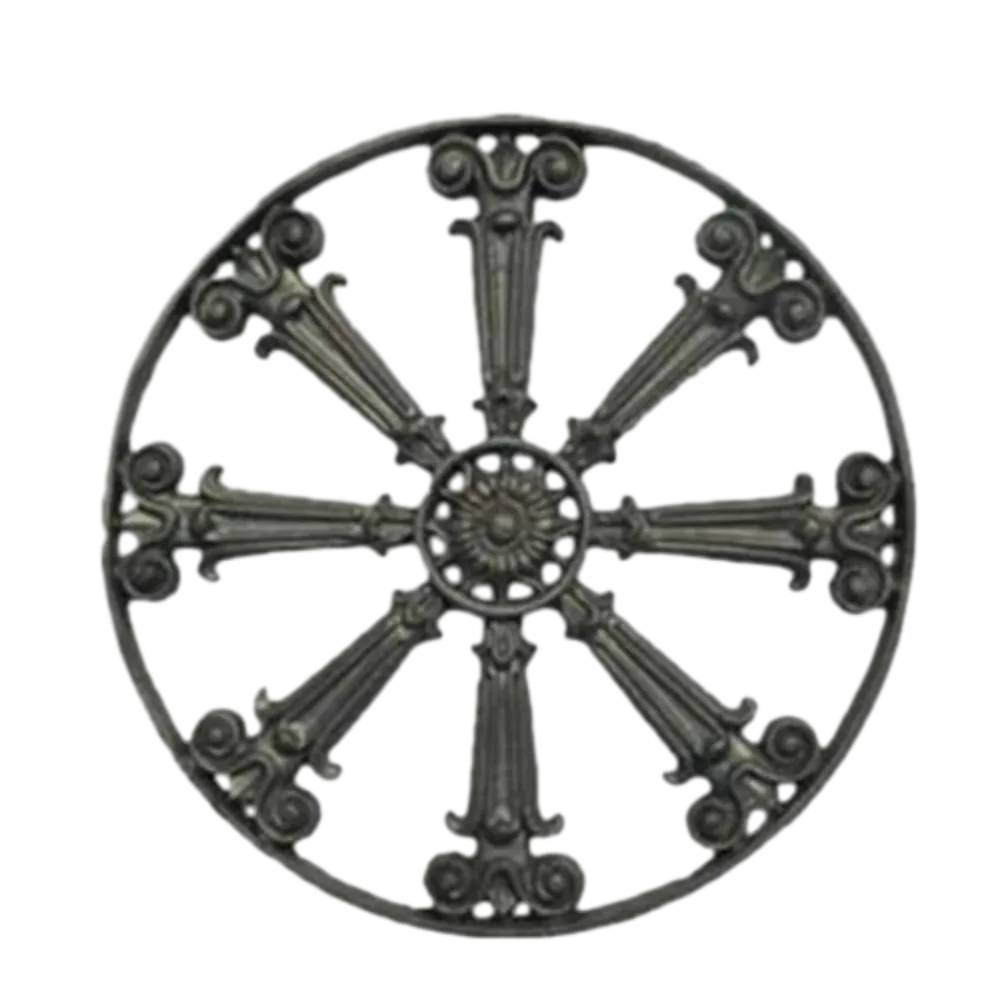ornamental cast iron
The Beauty and Durability of Ornamental Cast Iron
Ornamental cast iron is a material that beautifully marries the strength of iron with exquisite artistic design. This versatile medium has been used for centuries in architecture and decorative arts, offering both functionality and aesthetic appeal. With its rich history and adaptability, ornamental cast iron has become a cherished choice for both historical restorations and modern designs.
Historical Significance
The use of cast iron dates back to the early 16th century, but it wasn’t until the 19th century that ornamental cast iron began to flourish, particularly during the Industrial Revolution. The advances in casting techniques allowed for more intricate designs, leading to its widespread application in public works, such as bridges, railings, and fountains. Cities were adorned with beautifully crafted ironwork, showcasing decorative motifs that reflected the cultural trends of the time.
The Victorian era marked the pinnacle of ornamental cast iron design. Impressive iron structures, such as the Crystal Palace in London, demonstrated the potential of iron as both a structural and decorative element. Elaborately designed garden benches, lampposts, and gates became the hallmark of suburban estates and parks, illustrating the elegance that could be achieved through skilled craftsmanship.
Artistic Features
One of the defining characteristics of ornamental cast iron is its ability to be cast into intricate shapes and designs
. Artisans skilled in this craft can create a wide variety of patterns, including floral motifs, geometric shapes, and even figurative elements. The versatility of the material means that it can be used to create pieces that range from delicate railings to robust architectural features.The process of creating ornamental cast iron involves pouring molten iron into molds, a technique that allows for both mass production and one-of-a-kind pieces. This method not only ensures durability but also allows for fine detailing that captures the imagination. As a result, ornamental cast iron can enhance the beauty of any space while maintaining its structural integrity.
ornamental cast iron

Modern Applications
Today, ornamental cast iron continues to find its place in both restoration projects and contemporary architectural designs. Many cities are investing in the restoration of historical ironwork, recognizing its importance in preserving cultural heritage. These restorations are not just about aesthetics; they also serve to educate the public about the craftsmanship of the past and its relevance to today’s urban landscapes.
In modern design, ornamental cast iron is often incorporated into garden decor, outdoor furniture, and even interior accents. Homeowners and designers appreciate the timeless quality that cast iron brings to a space, as well as its durability and low maintenance requirements. The ability to customize pieces with various finishes allows for versatility in design, making it an appealing choice for both traditional and contemporary settings.
Environmental Considerations
As sustainability becomes increasingly important in modern construction and design, ornamental cast iron stands out as an eco-friendly option. Cast iron is recyclable, and products made from it can have a long lifespan, reducing the need for frequent replacement. By choosing ornamental cast iron for restoration and new projects, a more sustainable approach is adopted, marrying historical appreciation with modern environmental considerations.
Conclusion
Ornamental cast iron is a remarkable material that embodies the intersection of art and engineering. With its rich history, stunning artistic potential, and enduring strength, it remains a favored choice for designers, architects, and homeowners alike. Whether gracing a historical landmark or enhancing a modern garden, ornamental cast iron endures as a testament to the timeless pursuit of beauty in functional design. Its legacy continues to inspire, reminding us of the inherent value in skilled craftsmanship and artistic expression.
-
Wrought Iron Components: Timeless Elegance and Structural StrengthNewsJul.28,2025
-
Window Hardware Essentials: Rollers, Handles, and Locking SolutionsNewsJul.28,2025
-
Small Agricultural Processing Machines: Corn Threshers, Cassava Chippers, Grain Peelers & Chaff CuttersNewsJul.28,2025
-
Sliding Rollers: Smooth, Silent, and Built to LastNewsJul.28,2025
-
Cast Iron Stoves: Timeless Heating with Modern EfficiencyNewsJul.28,2025
-
Cast Iron Pipe and Fitting: Durable, Fire-Resistant Solutions for Plumbing and DrainageNewsJul.28,2025
-
 Wrought Iron Components: Timeless Elegance and Structural StrengthJul-28-2025Wrought Iron Components: Timeless Elegance and Structural Strength
Wrought Iron Components: Timeless Elegance and Structural StrengthJul-28-2025Wrought Iron Components: Timeless Elegance and Structural Strength -
 Window Hardware Essentials: Rollers, Handles, and Locking SolutionsJul-28-2025Window Hardware Essentials: Rollers, Handles, and Locking Solutions
Window Hardware Essentials: Rollers, Handles, and Locking SolutionsJul-28-2025Window Hardware Essentials: Rollers, Handles, and Locking Solutions -
 Small Agricultural Processing Machines: Corn Threshers, Cassava Chippers, Grain Peelers & Chaff CuttersJul-28-2025Small Agricultural Processing Machines: Corn Threshers, Cassava Chippers, Grain Peelers & Chaff Cutters
Small Agricultural Processing Machines: Corn Threshers, Cassava Chippers, Grain Peelers & Chaff CuttersJul-28-2025Small Agricultural Processing Machines: Corn Threshers, Cassava Chippers, Grain Peelers & Chaff Cutters












